Many a child has lain in the grass dreaming of owning their own horse. For the genuinely passionate equestrian, the dream never dies but relentlessly pursues them even into adulthood.
The cost of buying a horse may seem prohibitive, but here are five budget-friendly horse breeds to consider when making your dream a reality.
Different factors influence the market value of a horse. The five cheapest breeds to buy in America are Arabians, thoroughbreds, quarter horses, mustangs, and rescue horses. For the average horse, the accumulative cost of keeping the horse will be more than the cost of buying the horse.
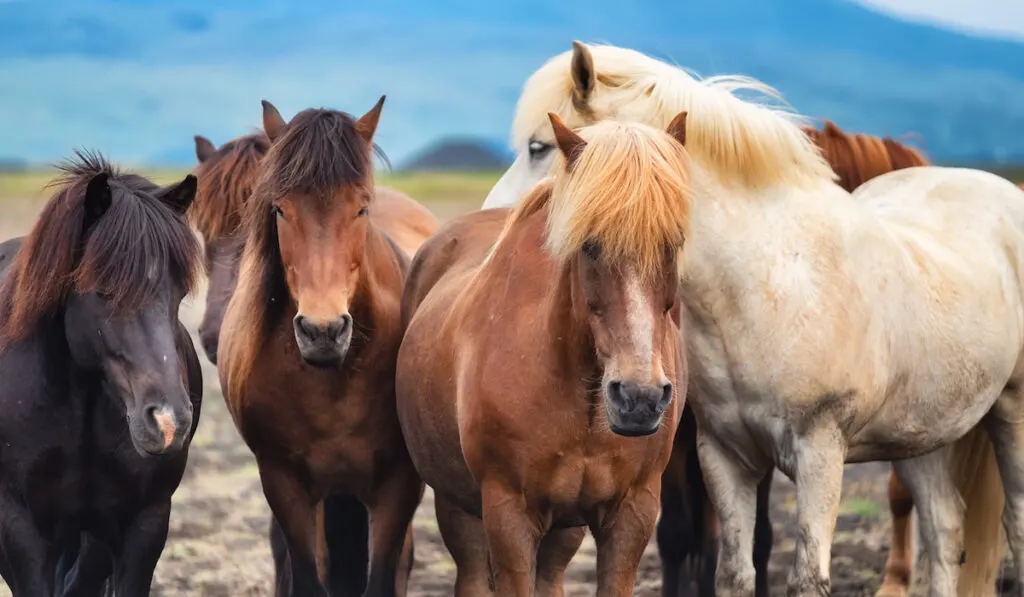
Everyone loves a bargain, and this is no truer than in the horse world. Numerous factors determine the monetary value of a horse. Some horse breeds or horses may be more budget-friendly to purchase.
The real question is: Can a bargain turn into an expensive life lesson, or is a bargain always a blessing?
Table of Contents
Factors Influencing Price Of A Horse
When a budget-conscious owner is buying a horse, they need to know how a horse’s price is determined for two essential reasons:
- Understanding pricing will allow the prospective owner to weigh the relative importance of different factors that may raise or lower a horse’s price and make an informed decision.
- Determining a horse’s realistic price independent of the advertised price allows the buyer to avoid scams marketed as “too good to be true.”
Gender Of The Horse
Many people have a preference for a gelding. They are universally acknowledged as the most straightforward gender to deal with.
However, unrideable mares and stallions with good pedigrees will retain more value than unrideable geldings as they can still be used for breeding.

A stallion with poor conformation and undesired bloodline will be worth less than a gelding of equal quality.
A stallion with excellent conformation and desired bloodlines will be worth more than a gelding of comparable quality.
The gelding’s market is larger than the stallion’s market, but the price for elite stallions and mares is more than for geldings.
Age Of The Horse
Drafts and non-sport horse foals are worth very little between birth and 3yrs old.
In contrast, a top sport horse foal may be worth significantly more, as evidenced by in-utero foals sold for thousands of dollars as seen here.
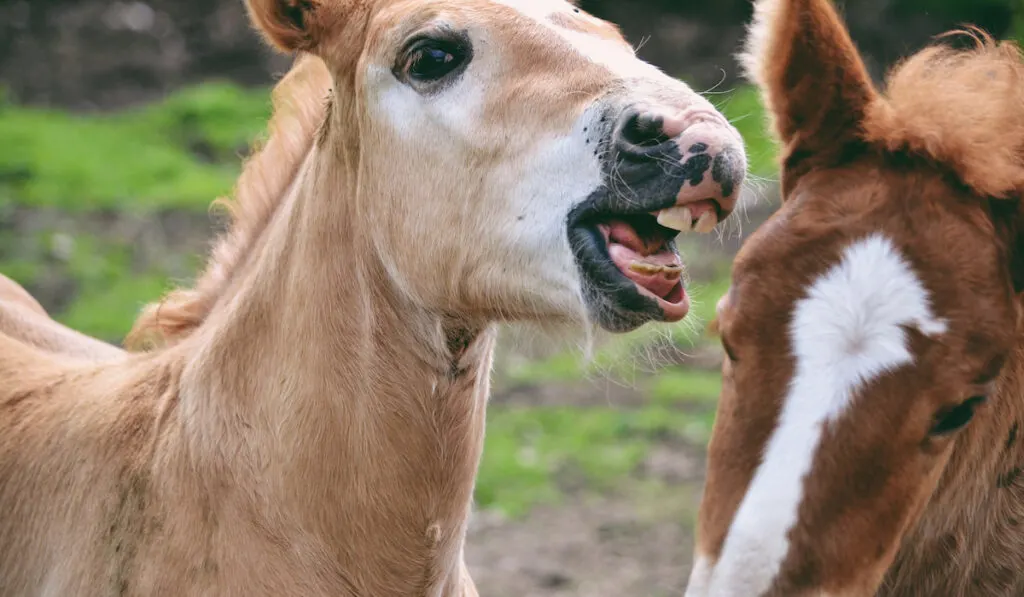
Breed and Bloodlines
A general principle guiding price is that horse breeds bred extensively in a specific country will be less expensive than relatively rare horse breeds.
Horse’s that have large population numbers will be valued at a lower dollar value than horses who are geographically rarer.
People will pay more for a novel horse breed. Certain bloodlines will be more costly to buy, particularly if a horse’s close relatives have done well in competitions.
Training
The more advanced a horse’s training is and the more titles and wins a horse has to their name, the higher the price will be.
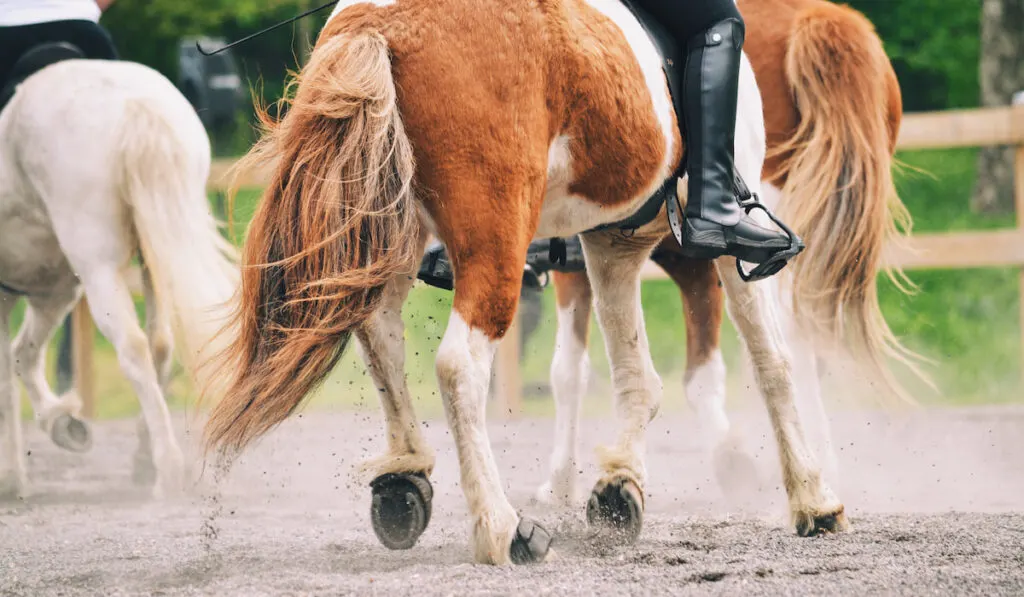
Conformation
The better the horse’s conformation and the more ideally suited it is to enable the horse to perform in the buyer’s chosen sport, the higher its market value.
Color
Horse people are just as attracted to pretty, shiny things as other people. A horse with a rare or unusual color will command a higher price even if its health, temperament, and conformation are substandard.
The color-preferent buying fad has led to some unethical breeders exploiting the market by breeding “colorful” horses of inferior quality.
Health
A horse who passes a rigorous vetting is worth much more than a horse who fails a vetting.
A horse with a chronic condition that limits the extent of its ridden work will be worth less than half of the price they would usually command if they were riding sound.
A non-ridden breeding horse will retain more value than a non-ridden horse that is not desirable or suitable for breeding.
Temperament
Generally, amateur riders will emphasize the horse’s temperament and pay more for a kind, gentle, safe horse.
The temperament of elite horses has less influence on a horse’s price. These horses are typically placed with professional riders that can manage complicated characters.
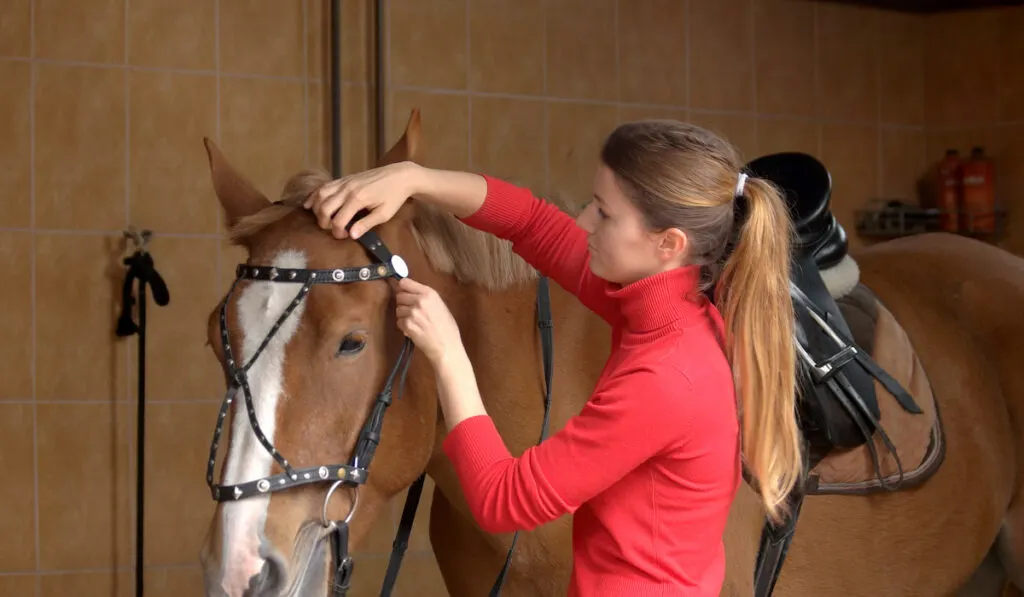
Discipline
Horses who excel at their specific discipline will always command high prices. The top horses in specific disciplines command higher prices than in others.
The top four most expensive disciplines to buy elite horses are racing, dressage, showjumping, and reining.
Cost of Buying Vs. Cost of Keeping
When speaking to any veteran horseman, they will tell you that the cost of looking after an expensive horse is much the same as looking after a cheap horse.
The initial capital to buy the horse may be the single largest monetary output. However, the cost of keeping, training, and equipping the horse will far outstrip the initial cost of buying the average horse.
A Bargain Or A Costly Lesson
A cheap horse is usually priced, so for a reason. Many first-time horse owners have balked at the cost of a good horse and instead gone for the more affordable option.
Suppose the low price tag is due to poor health, lack of training, or a difficult temperament.
The buyer may pay the price in other ways, e.g., loss of rider confidence, rider injury, expensive vet bills, etc.
An older horse that is cheap due to its age may be a perfect compromise for a novice buyer. The novice rider doesn’t need a horse capable of incredible athletic feats.
Instead, they require a horse that will help build the rider’s confidence and be a patient teacher. The horse’s experience and calm, mature mind will be an asset to the rider.
1. Arabians

Arabians are a desert horse bred for endurance. Although many Arabians may be worth more than $20 000, the bulk of Arabians for sale will be on the more budget-friendly end of the spectrum for four reasons.
- They are widely available.
- They are primarily used for endurance, which is not one of the “money” sports.
- They are small, and many adult riders feel too big on Arabians and find their gaits uncomfortable.
- Arabians have a reputation of being difficult high-strung horses to work with (obviously, this is not true for all Arabians)
For the above-listed reasons, it is possible to pick up a decent Arabian youngster, or older experienced horse (e.g., 15yrs plus) for less than $1000.
2. Thoroughbreds

Many thousands of thoroughbreds are bred every year. These thoroughbreds are sold for enormous amounts as yearlings.
It’s the ultimate game of chance where buyers pay for the future potential winnings.
Few horses realize these grandiose aspirations, and many good horses are retired from racing by 4yrs and 5yrs old.
Off-the-track thoroughbreds often go on to be successful in many other careers. Novice buyers need to be aware that these horses will need extensive retraining.
Many thoroughbreds have significant health problems when retired from the track and require substantial financial and time investments to heal.
While the elite thoroughbreds are some of the most expensive horses to buy, many off-the-track thoroughbreds with an unimpressive racing history are sold for less than $1000 or even given away.
3. Quarter Horses
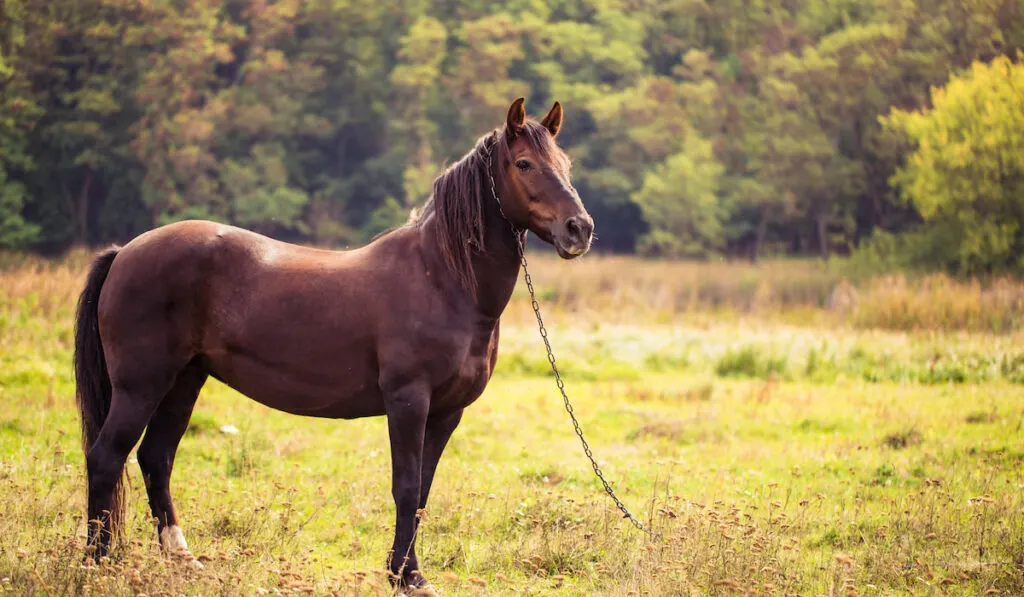
Quarter horses are arguably the most easily recognized American product of focused horse breeding. These horses are excellent allrounders and often have novice-friendly temperaments.
They are smaller horses but are tough, low maintenance horses making them a pleasure to own.
Due to their popularity in America, their prices are lower in America than in most other countries. It is possible to find an excellent trail-quarter horse for under $1000
4. Wild Mustangs
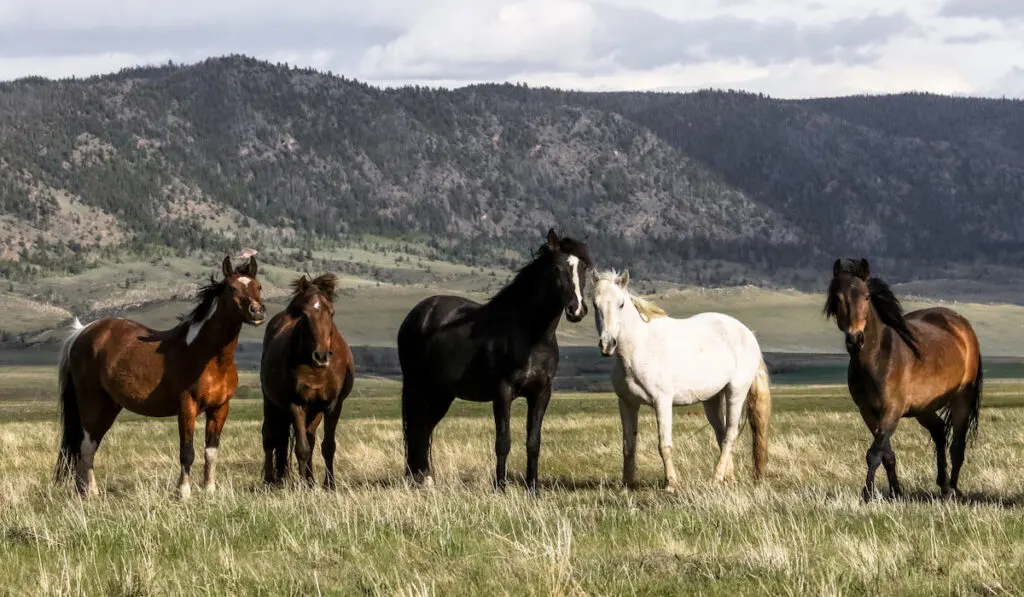
Every year mustangs are rounded up and sold at auction to fund the remaining herd’s upkeep and prevent overgrazing of the lands they roam over.
These horses are truly wild and require experienced compassionate owners to tame them. The adoption fee for a mustang can be as low as $25.
Mustangs that are already gentled and trained to ride are available as well and pricing can vary.
5. Rescue Horses
While not a breed, some real gems are found in rescues.
The owners typically need to be quite experienced in training and in the welfare management of horses to rehabilitate these horses successfully. The horse’s needs are often complex and multifaceted.
The “purchase price” is usually the price of the adoption fee. These horses are generally rehomed on contract and cannot be resold.
Conclusion
Arabians, thoroughbreds, quarter horses, mustangs, and rescue horses may have individual sales horses available for under $1000.
First-time horse owners need to be aware that not all horses are novice-friendly, and a bargain may turn into a costly mistake.
An owner that can independently evaluate the horse’s real market value will be less likely to fall victim to a scam or buy an overpriced horse.
Keep in mind that the accumulative cost of owning a horse is typically far more significant than an average horse’s purchase price.
References
- https://projects.ncsu.edu/project/arepublication/QH_draft.pdf
- https://digitalcommons.brockport.edu/cgi/viewcontent.cgi?article=1073&context=honors
- https://horseyhooves.com/most-expensive-horses/
- https://www.helpfulhorsehints.com/cheapest-horse-breeds/
- https://www.wonderopolis.org/wonder/how-much-does-it-cost-to-own-a-horse
- https://www.horseforum.com/threads/what-are-the-most-and-least-expensive-breeds-generally.224258/
